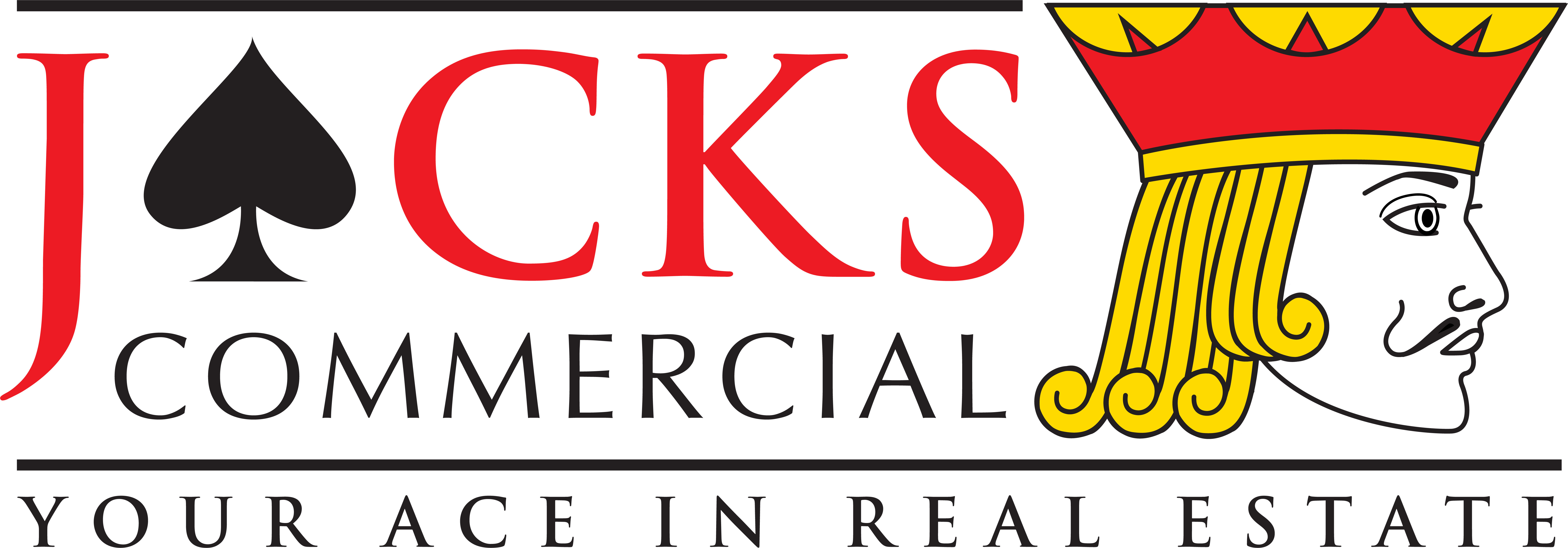
Sacramento's commercial real estate market continues to evolve, presenting both opportunities and challenges for savvy investors. As we navigate through 2025, understanding current market dynamics is crucial for making informed investment decisions in California's capital city.
Market Overview and Growth Drivers
Sacramento's strategic location between San Francisco and Lake Tahoe, combined with its role as California's governmental hub, creates a unique commercial real estate landscape. The city benefits from steady population growth, with many Bay Area residents and businesses relocating to Sacramento for more affordable options without sacrificing access to major markets.
The region's diverse economy, anchored by government employment, healthcare, education, and emerging technology sectors, provides stability that many commercial real estate markets lack. This economic diversification has helped Sacramento weather various economic storms better than markets dependent on single industries.
Office Space Trends
The office market in Sacramento reflects broader national trends while maintaining local characteristics. Post-pandemic workplace changes have created a flight to quality, with tenants preferring modern, amenity-rich buildings that support hybrid work models. Class A properties in downtown Sacramento and suburban markets like Folsom and Roseville are seeing strong demand, while older Class B and C buildings face challenges without significant improvements.
Sublease space has stabilized after the initial post-pandemic surge, and vacancy rates are beginning to normalize. Companies are rightsizing their footprints but investing in higher-quality spaces that attract and retain talent. This trend creates opportunities for investors willing to upgrade properties to meet modern tenant demands.
Industrial and Warehouse Explosion
Sacramento's industrial market remains one of the strongest performing sectors, driven by e-commerce growth and the region's logistics advantages. The proximity to major ports, extensive freeway access, and lower costs compared to the Bay Area make Sacramento an attractive distribution hub.
Demand for last-mile delivery facilities continues to outpace supply, creating opportunities for both developers and investors. Cold storage and specialized logistics facilities are particularly sought-after, reflecting changes in consumer behavior and supply chain strategies.
Retail Renaissance
While traditional retail faces ongoing challenges, Sacramento's retail market shows signs of adaptation and growth. Neighborhood shopping centers anchored by essential services like grocery stores and healthcare are performing well. Meanwhile, lifestyle centers and mixed-use developments that offer experiential retail are attracting both tenants and consumers.
The key to retail success in Sacramento lies in understanding demographic shifts and choosing locations that serve growing residential areas. Suburbs like Elk Grove, Folsom, and Natomas present excellent opportunities for retail investment as these communities continue expanding.
Investment Opportunities and Strategies
For investors, Sacramento offers several compelling opportunities. The multifamily sector remains strong, driven by continued population growth and housing shortages. Commercial properties in emerging neighborhoods often provide better value compared to established areas, though they require careful analysis of growth potential.
1031 exchanges remain popular among Sacramento investors, allowing for portfolio optimization while deferring capital gains taxes. The key is identifying replacement properties that offer both cash flow and appreciation potential in Sacramento's evolving market.
Looking Ahead
Sacramento's commercial real estate market benefits from strong fundamentals: population growth, economic diversity, and relative affordability compared to coastal California markets. While challenges exist, particularly in adapting to post-pandemic workplace changes, the market's resilience and growth potential make it attractive for long-term investors.
Success in Sacramento's commercial real estate market requires local expertise, market knowledge, and understanding of the unique factors that drive this region's economy. Working with experienced local professionals who understand these nuances is essential for maximizing investment returns and minimizing risks.
